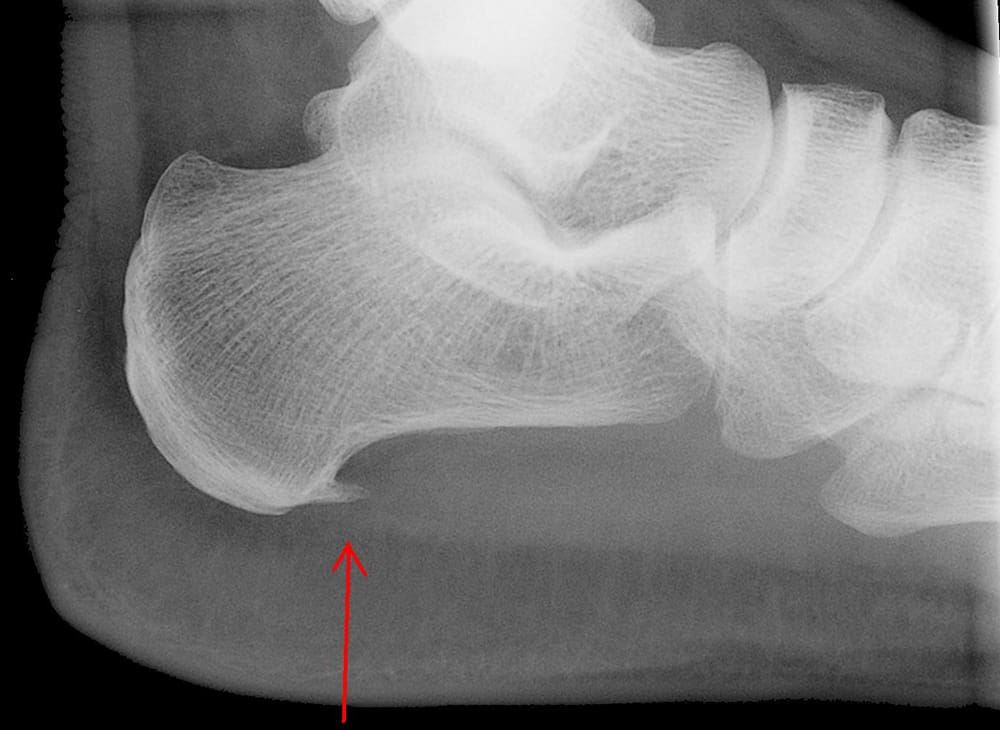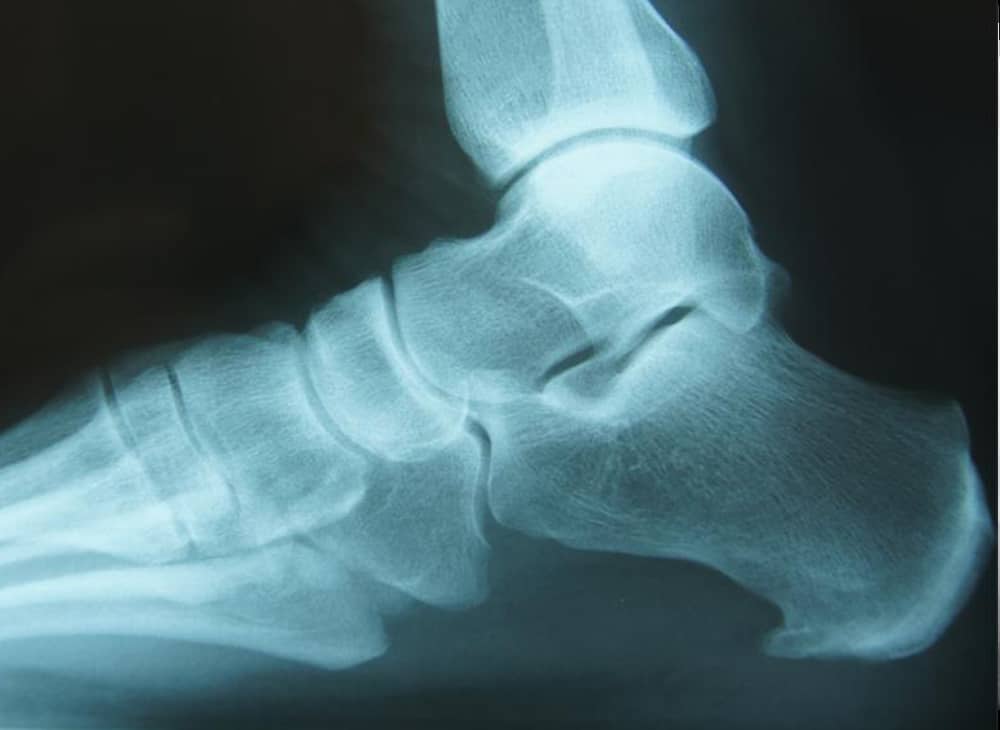Project Description


Heel Spurs
The heel bone is the largest bone in the foot and absorbs the most amount of shock and pressure. A heel spur develops as an abnormal growth of the heel bone. Calcium deposits form when the plantar fascia pulls away from the heel area, causing a bony protrusion, or heel spur to develop. The plantar fascia is a broad band of fibrous tissue located along the bottom surface of the foot that runs from the heel to the forefoot. Heel spurs can cause extreme pain in the rearfoot, especially while standing or walking.
What causes Heel Spurs?
Heel spurs develop as an abnormal growth in the heel bone due to calcium deposits that form when the plantar fascia pulls away from the heel. This stretching of the plantar fascia is usually the result of over-pronation, but people with unusually high arches can also develop heel spurs. Women have a significantly higher incidence of heel spurs due to the types of footwear often worn on a regular basis.
How can we help?
Orthotics help prevent over-pronation. By wearing orthotics the strain on the Achilles will be greatly reduced, giving the tendons a chance to heal. Plus, the orthotic will prevent the situation from worsening, thereby reducing the risk of a tendon rupture.
